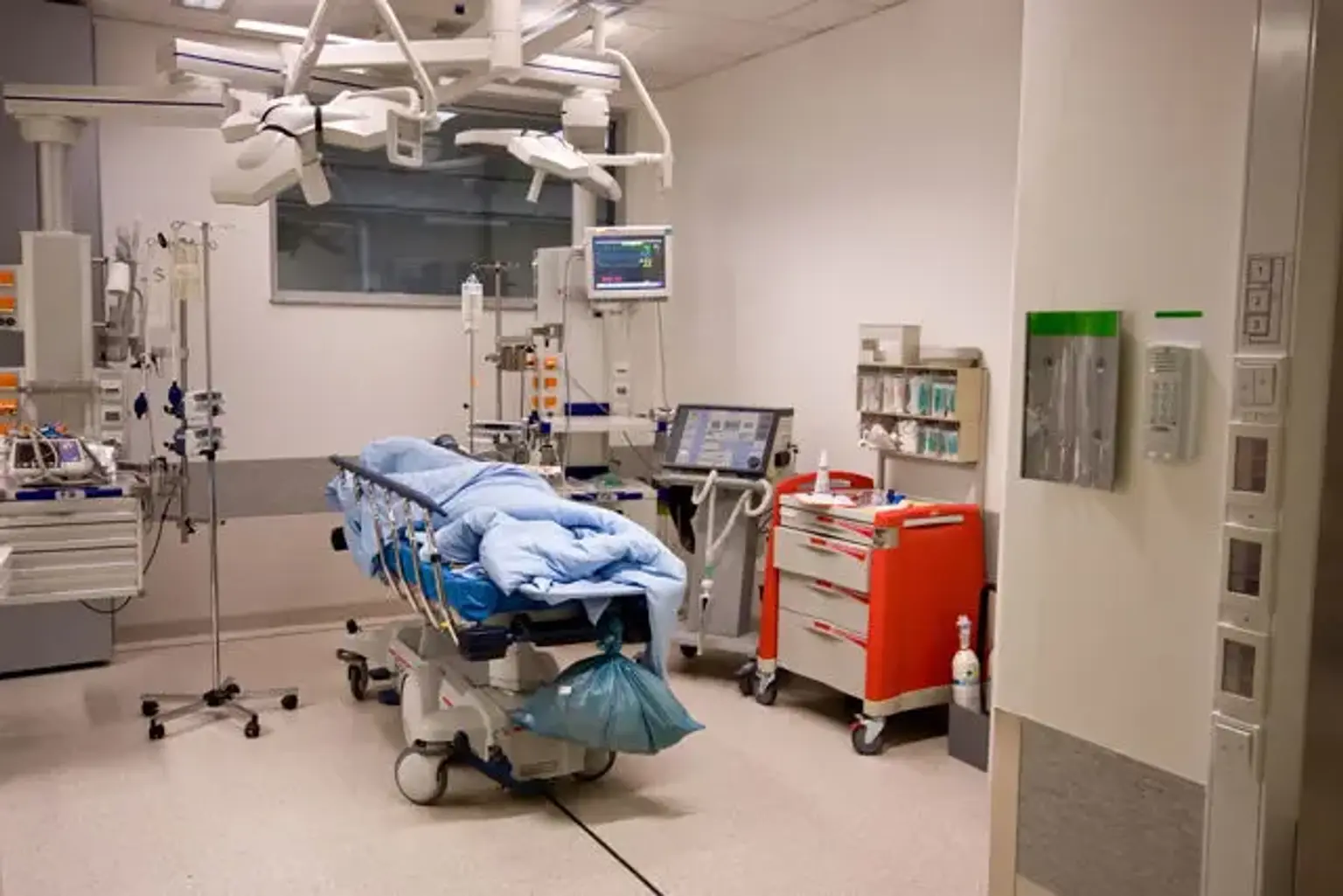Acute Clinical Intervention
Acute neurological disorders are prevalent, representing approximately 10%–20% of all medical hospitalizations. Neurology will play a larger role in the acute care of these patients in the coming few years, supplementing conventional outpatient-based therapies. Acute neurology models should connect with current hyperacute stroke routes and rely on close collaboration between the emergency room, intensive medicine, and neurology.
According to data from the World Health Organization (WHO), neurologic and mental illnesses constitute a significant and growing source of morbidity. Psychological, neurological, and behavioral diseases have a major impact on the world's population, impacting more than 450 million individuals. According to the Global Burden of Disease Report, neurological and mental diseases contribute to four out of the six major causes of disability, accounting for 33% of years lived with disability and approximately 13 percent of disability-adjusted life years.
According to data from the World Health Organization (WHO), neurological and mental illnesses constitute a significant and growing source of morbidity. Psychological, neurological, and behavioral diseases have a major impact on the world's population, impacting more than 400 million individuals. According to the Global Burden of Disease Report, neurological and mental illnesses account for four out of the six primary causes of years lived with disability.
Regrettably, the magnitude of these illnesses in poorer countries is widely overlooked. Furthermore, the cost caused by neurological diseases, in general, is likely to be especially devastating in low-income groups. Main manifestations of the poor's impact, such as the loss of meaningful employment and the resulting loss of family earnings; the need for a caregiver, which may result in more salary loss; the cost of medications; and the need for other healthcare facilities, are likely to be especially harmful to anyone with limited resources. Aside from the financial difficulties of treatment, persons who suffer from neurologic illnesses are frequently subjected to human rights violations, social stigma, and discrimination. Patients' access to treatment is further hampered by stigmatization and discrimination. As a result, emerging countries must give particular attention to these diseases.
